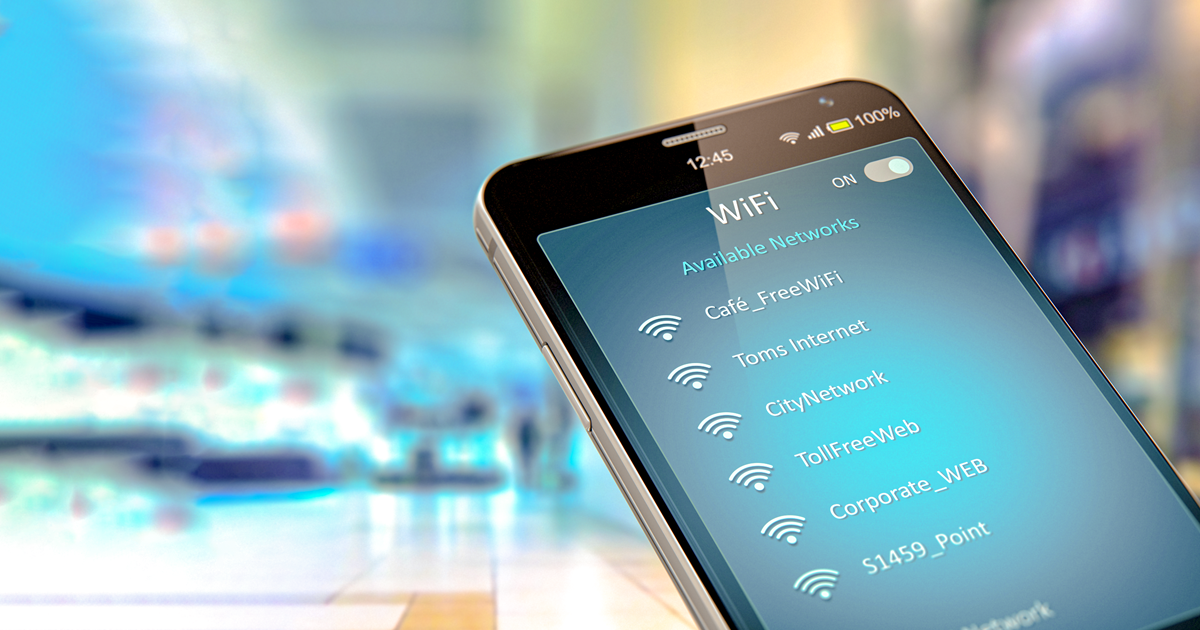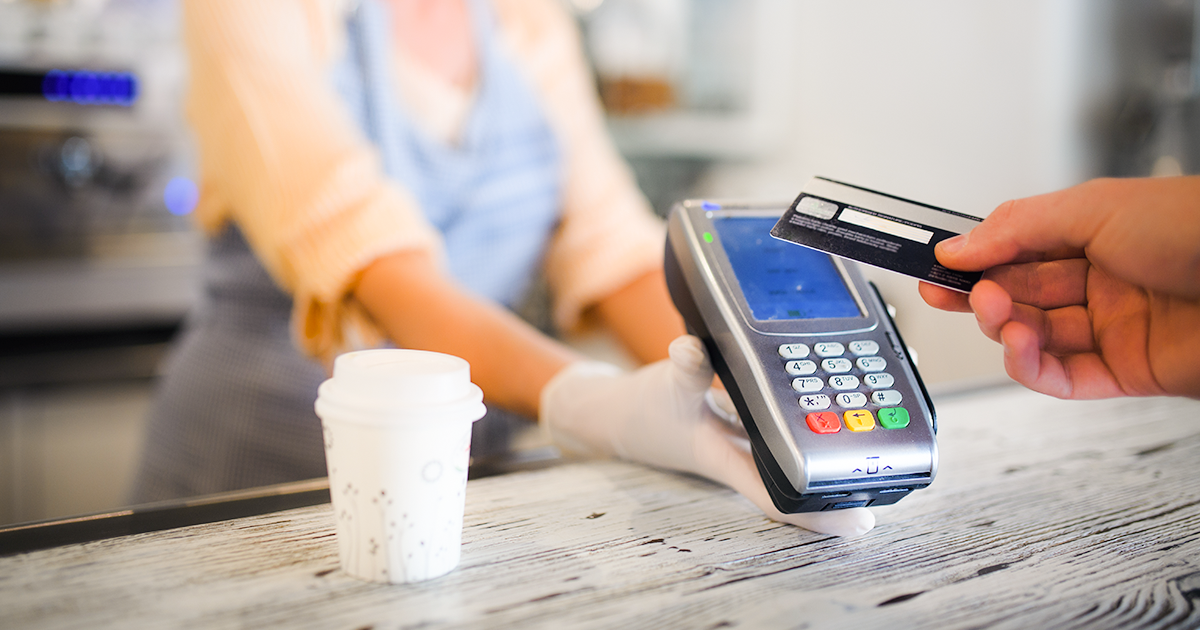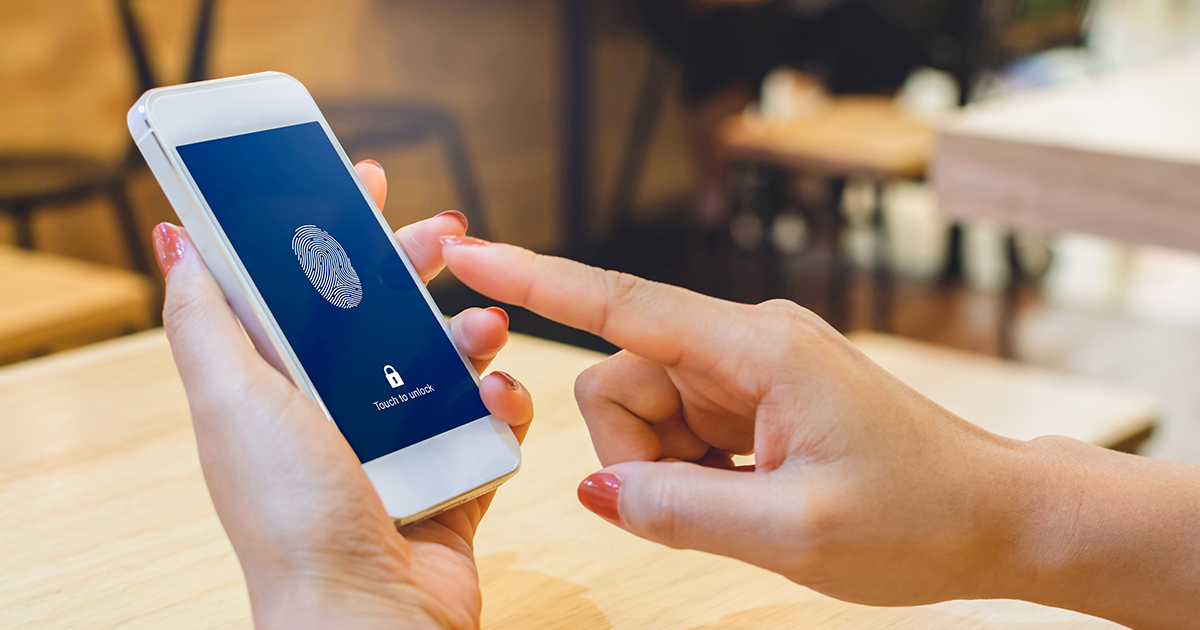
How to Protect Yourself on Public WiFi
We’ve all been tempted by this little thing called free WiFi. Let’s be honest, WiFi is EVERYTHING when you’re bored waiting in line, need to check something real quick, or trying to avoid looking awkward in a strange situation. But there are risks! According to the FBI Internet Crime Report 2020, U.S Americans reported 791,790 cybercrime complaints with over $4.1 billion in reported losses.1 I don’t know about you, but these stats certainly make me think twice about the internet, WiFi, and password security. Take a hard look at our steps to protect yourself on free public WiFi.
Open WiFi or free WiFi. What’s the diff?
When you tap into free or open WiFi, you’re leaving yourself vulnerable to cybercriminals and hackers.
Open WiFi
Open WiFi networks are the least safe because they require no key or password. They’re free. But anyone can access them, whether their intentions are good or bad.
Public WiFi
Public WiFi networks are also free. They’re hotspots in hotels, stores, restaurants, and coffee shops. These networks require a password sign-in. But that’s just to use the hotspot, it doesn’t mean it’s a secured network.
Dangers of free WiFi
In normal situations, we’d never leave ourselves so open to potential crime. But there’s something about having an internet connection that is the lifeblood. And with Cisco projecting a total of 541.6 million public WiFi hotspots and homespots in 2021, it’s easy to click right in.2 Even so, we need to make sure we’re taking precautions. Here are examples of free WiFi cons:
Unsecure
It’s easy for just about anyone to hack into your computer or device.
Your info is an open book
Hackers can read emails, steal passwords, or browse your personal and work files.
More than info
You could be at risk for monetary and identity theft!
Basically…
Your personal, work and financial info are there for the taking.
Free WiFi safety tips
Sure, we could completely refuse to use open or free public WiFi. But that’s not likely practical. We love our instant gratification too much. And that’s evident by DecisionData’s survey which reported 82% of those surveyed connect to any available public network.3 Below are ideas to help keep you and your information safe.
Turn off sharing
Sharing is caring, but not when it comes to your files. Wired.com suggests turning off your file and printer sharing for PCs. And for Mac users to unselect everything in System Preference>Sharing. Don’t forget your AirDrop! Set it to be discovered by: No One.4
Don’t access personal info
Wait until you get home or to a known, secure hotspot to make those Amazon purchases or check your bank account. You don’t want precious passwords (yes, even social media accounts) or financial info to be susceptible to theft.
Use only legitimate sources
Malicious users set up fake accounts with names similar to stores and restaurants. This is to get you to sign in, and whoop! They got you. Before connecting to a source that doesn’t require a passcode, ask an employee to verify it’s their WiFi. Generally, if the WiFi is password protected and an employee has given you the info, you can trust it’s a verified account. However, still be wary of sites you access and any popups you encounter while browsing.
Keep an eye out for HTTPS, not just HTTP sites. Or site’s that show a lock symbol within the address. The HTTPS doesn’t guarantee security (because hackers can create these pages, too), but if the site is known to you it’s added safety.
Anti-malware and Anti-virus
Kaspersky recommends all your devices and computers be protected by anti-malware and anti-virus software. To best safeguard your devices against hackers, make sure your software is updated regularly.
Virtual Private Network (VPN)
VPNs work by creating a private tunnel to encrypt any of your personal data that passes through it. This helps block cybercriminals from accessing your stuff. There are a handful of free VPNs available to download to your device. If you opt for a paid option, on average you will spend about $7 a month to protect your data. A minuscule cost compared to what a malicious attacker will do with your banking or social security numbers.
Don’t risk it for free WiFi!
As convenient as public WiFi can be, you could be setting yourself up for theft of your personal info, passwords, files, or even identity. Look for secure websites (HTTPS) and don’t give out your personal info. Take the time to download reputable anti-virus and anti-malware programs or try a VPN. And if you can handle it, either use your mobile data (possible charges) or stay off your phone while you’re out. Living in the here and now could be a benefit!
Sources:
- FBI. (2021). Internet Crime Report 2020. Retrieved from: https://www.ic3.gov/Media/PDF/AnnualReport/2020_IC3Report.pdf ↩︎
- Cisco Marketing Team. (2018, October 5). Cisco Visual Networking Index update about the global IP traffic from 2016 to 2021. Retrieved from: https://www.tanaza.com/tanazaclassic/blog/cisco-visual-networking-index-update-global-ip-traffic-from-2016-2021/ ↩︎
- DecisionData Team. (2020, March 27). REPORT: 82% of People Say They Connect to Any Free WiFi That’s Availabe in a Public Place. Retrieved from: https://decisiondata.org/news/report-82-of-people-say-they-connect-to-any-free-wifi-thats-available-in-a-public-place/ ↩︎
- Nield, D. (2018, August 5). Simple Steps to Protect Yourself on Public Wi-Fi. Retrieved from: https://www.wired.com/story/public-wifi-safety-tips/ ↩︎



